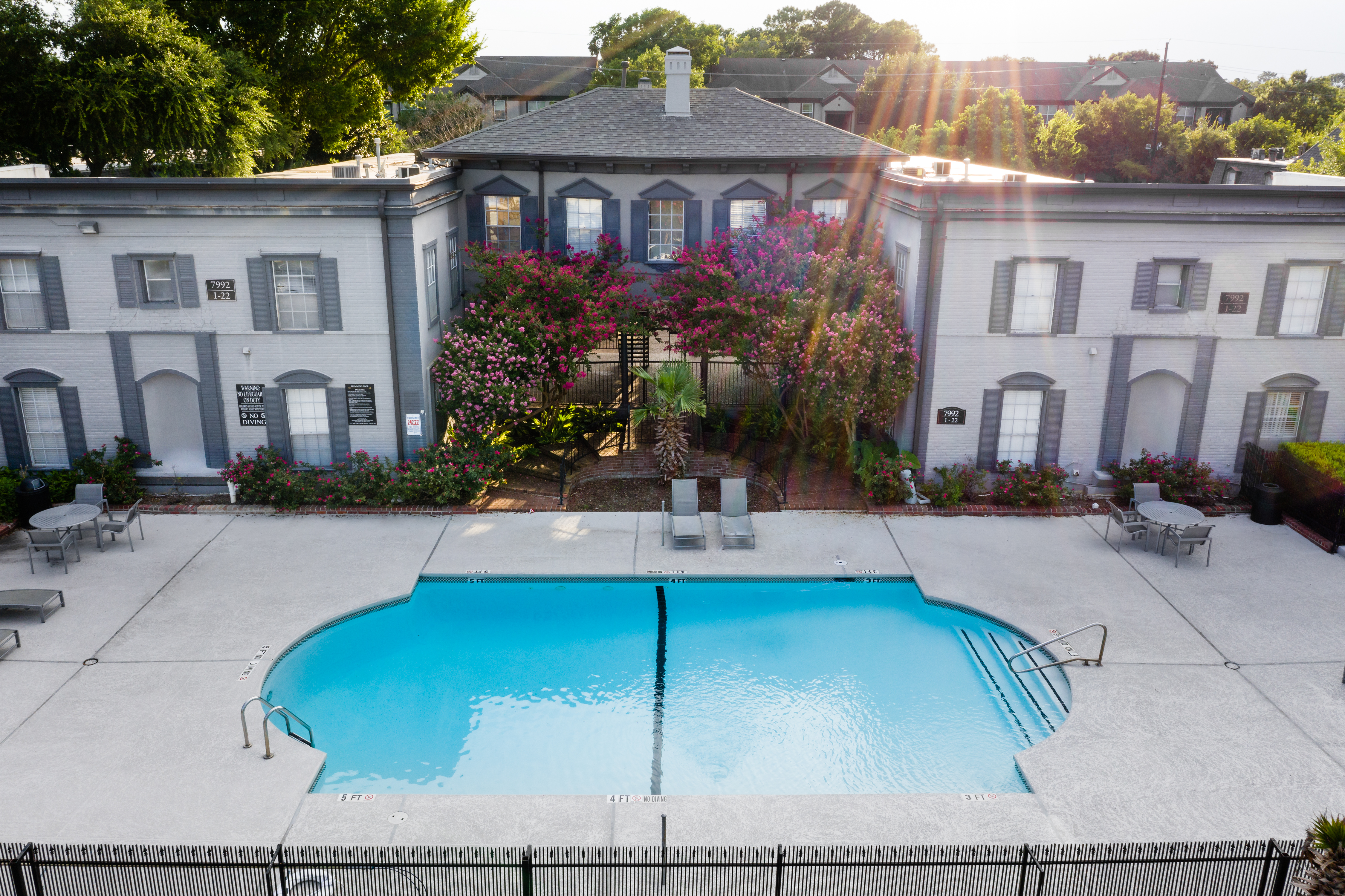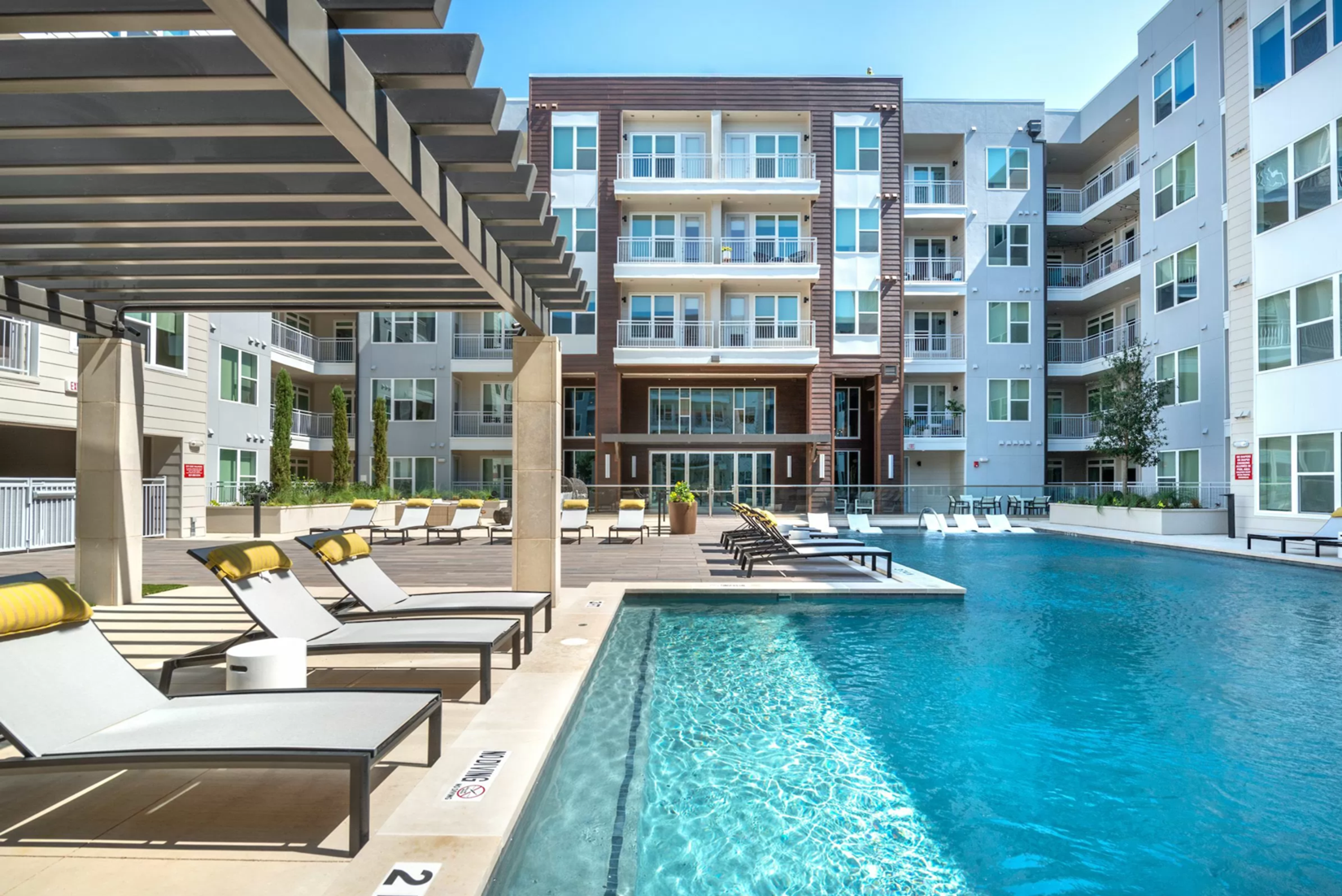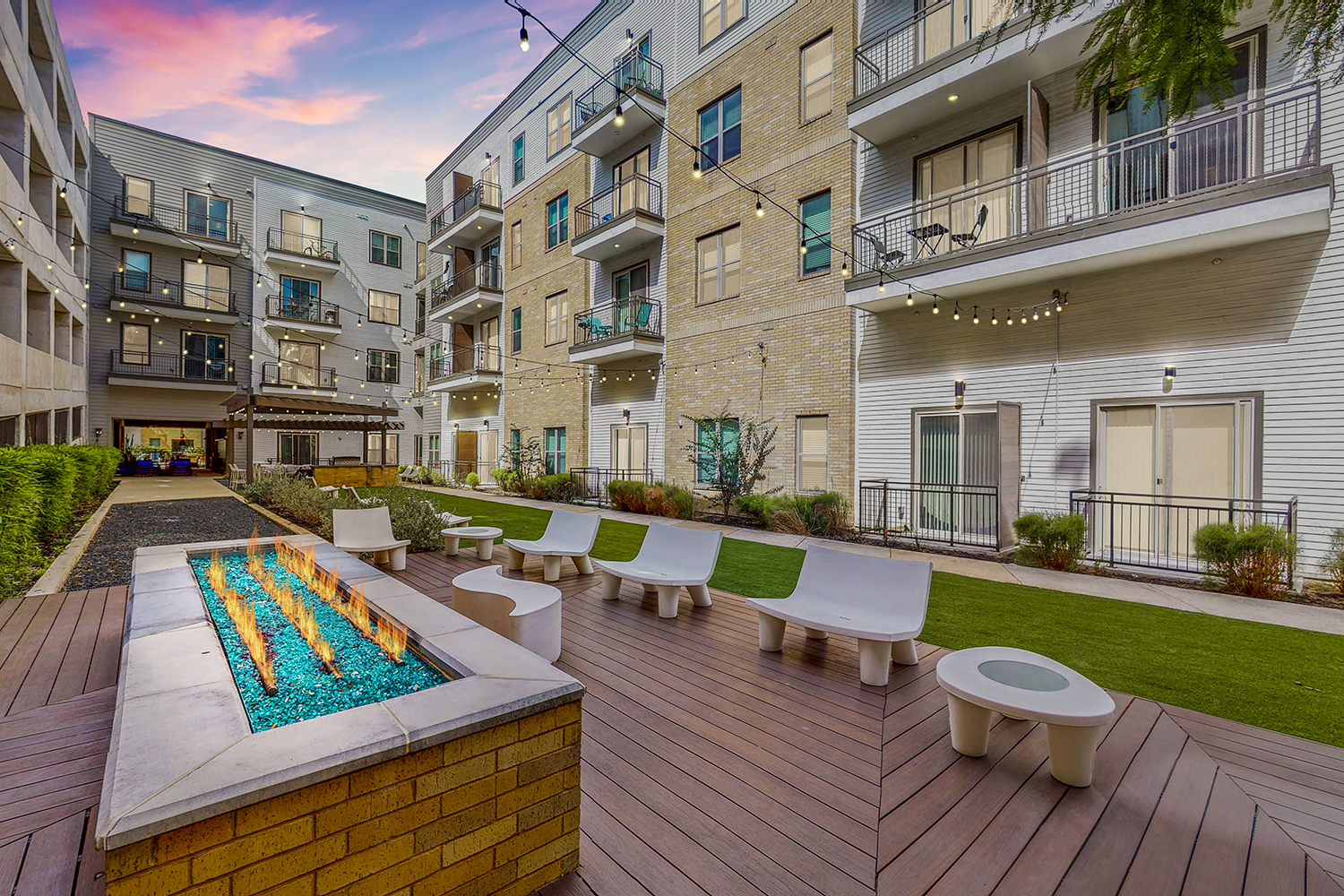Multifamily Investment Opportunities in the Age of COVID and Beyond

The COVID-19 pandemic has hit our economy like no other financial crisis. Millions of people have lost their jobs and businesses due to no fault of their own. Being a great chef means nothing when the municipality requires all restaurants to close.
I believe the loss of jobs will take us many years to recover. So, the question for Barvin is what the next few years look like and how can we position Barvin to take advantage of opportunities that will appear?
Here's What We Know
- Over 20 million people are currently unemployed. The service industry (restaurants/travel/entertainment) has been decimated. Most of these individuals are apartment renters.
- Multifamily has outperformed other property types during the pandemic. Even lower income communities are collecting 80% of the outstanding rent which far outperforms travel and retail-oriented properties.
- The US government has infused over $3 Trillion dollars into the economy. By the end of 2020, our national debt will exceed 101% of GDP.
- 580,000 units of luxury multifamily will deliver in the next 12 months throughout the US.
Here's What We Think
- Interest rates will remain very low for a very long time. This will be driven by the economy and because rising interest rates will increase the US government’s substantial debt expense. Even in a full economic recovery interest rates will remain historically low—each 1% increase in debt costs the US government an additional $300 billion in annual interest.
- A lesson from the Great Recession is that the immense infusion of capital along with low interest rates resulted in a substantial increase in real estate values. Even though the cause of the infusion is different (credit instability vs pandemic), infusions of capital and resulting national debt burden will lead to a devaluation of the dollar over time, which will result in higher asset values.
- Large investor institutions will shift their allocations to favor multifamily when transaction volume returns. This will lead to further cap rate compression in the asset class, increasing values further.
- Rents and occupancies will decline across the board but the reduction in cap rates will keep the relative valuations intact.
- There will be some distress in multifamily, especially in the value-add space. A lot of sponsors used high leverage to acquire and renovate older apartment complexes. As we’ve mentioned previously, renters of these older complexes were already spending 35-40% of their income in rents. Lenders who initially financed this product type are mostly out of the market and these sponsors will have trouble with refinancing.
What Do Opportunities Look Like?
There are a few specific areas where we expect distress to first appear within the multifamily housing market. We’ve designed our business to stay flexible and move quickly when opportunities exist. There will be opportunities in land, and work force apartments as well as Class A communities. We are set to capitalize on scenarios where the seller is motivated to dispose of the asset and needs surety of execution.
The opportunity in land is the easiest to foresee. The vast majority of development projects have been put on hold in our target markets. Even though certain submarkets still have significant growth projections and demand for multifamily, the debt and equity markets are not available for these projects. We have already seen many land opportunities for well-located sites that could trade for 70 cents on the dollar compared to pre-COVID-19 values. In our judgement, in certain sub-markets it is a very good time to begin construction on a project, given that it will take about 2-3 years to complete the construction and expect lower construction costs as a result of the decline in overall development activity. A shortage of additional supply coming to market in 2-3 years will create a competitive advantage for that development.
We also believe that workforce housing will show opportunities and we are open to acquiring these types of assets if the location fits our criteria. We vacated the work force space in 2018 because, in our judgement, the cap rates no longer properly represented the risk associated with investing in this sector of the market. Real estate values are derived from the creditworthiness of the tenant. For instance, Amazon warehouses sell at a very low cap rate because people expect Amazon to pay their bills. This translates to the apartment business based on the resident’s demographics and rent-to-income ratio.
There will also be an opportunity in the Class A apartments’ space, as more supply comes on the market, rents will decline. Most of the owners of Class A projects are institutional and will sell at a loss if they can redeploy the capital in a different investment or the fund must be liquidated. All of the new developments coming online in 2020 and early 2021 will experience problems during the lease up, and most will likely fail to hit their pro-forma if the economy has not substantially recovered. Some institutions will be forced to rebalance their allocations, given the decline in values for retail and hotels, which may result in an overallocation to multifamily and force them to sell their multifamily assets at an inopportune time.
How Do We Compete?
Our platform is unique in the sense that we raise money from high net worth individuals/families on a transactional basis. Over the past 10 years, the number of investors has grown from 4 to over 325 individuals. We’ve raised over $160M of equity and invested $50M in the 2nd half of 2019. I want to thank our investors and supporters who have referred us to their friends and family. We take the responsibility of being the sponsor of an investment very seriously and are grateful for the opportunity to prove ourselves.
The benefit of our platform is that there is no need to commit capital (and incur fees) until we have an investment you like. We will keep you informed of our proposed projects and hope you will choose to invest with us. Over the next few months, we will be focused on increasing the number of individuals who see our opportunities. Today, our mailing list is around 1,000 high net worth individuals, and we hope to grow it to 5,000. Your referrals and introductions are always the best source of prospective investors. Please think of us when speaking with your friends and relatives.
Raising capital through a network of high net worth individuals takes a lot more time and effort than raising funds from large institutional investors; however, it is the model I prefer because we allow investors to have discretion over their capital and only invest when the opportunity fits their objectives. I believe direct investing is an underserved segment for most high net worth individuals. Everyone wants to be a successful real estate investor, but they do not know which sponsor to trust. Our platform allows individuals to invest like a professional and get the same level of experience that they would receive investing with a large institution. By cutting out the institutional investor, we can reduce our fees and provide a greater net return to our partners.
We believe that direct investing is the way to building generational wealth and created a platform for those looking to invest this way. As we continue to invest in our team and improve processes, our overall goal is to outperform our competition.


